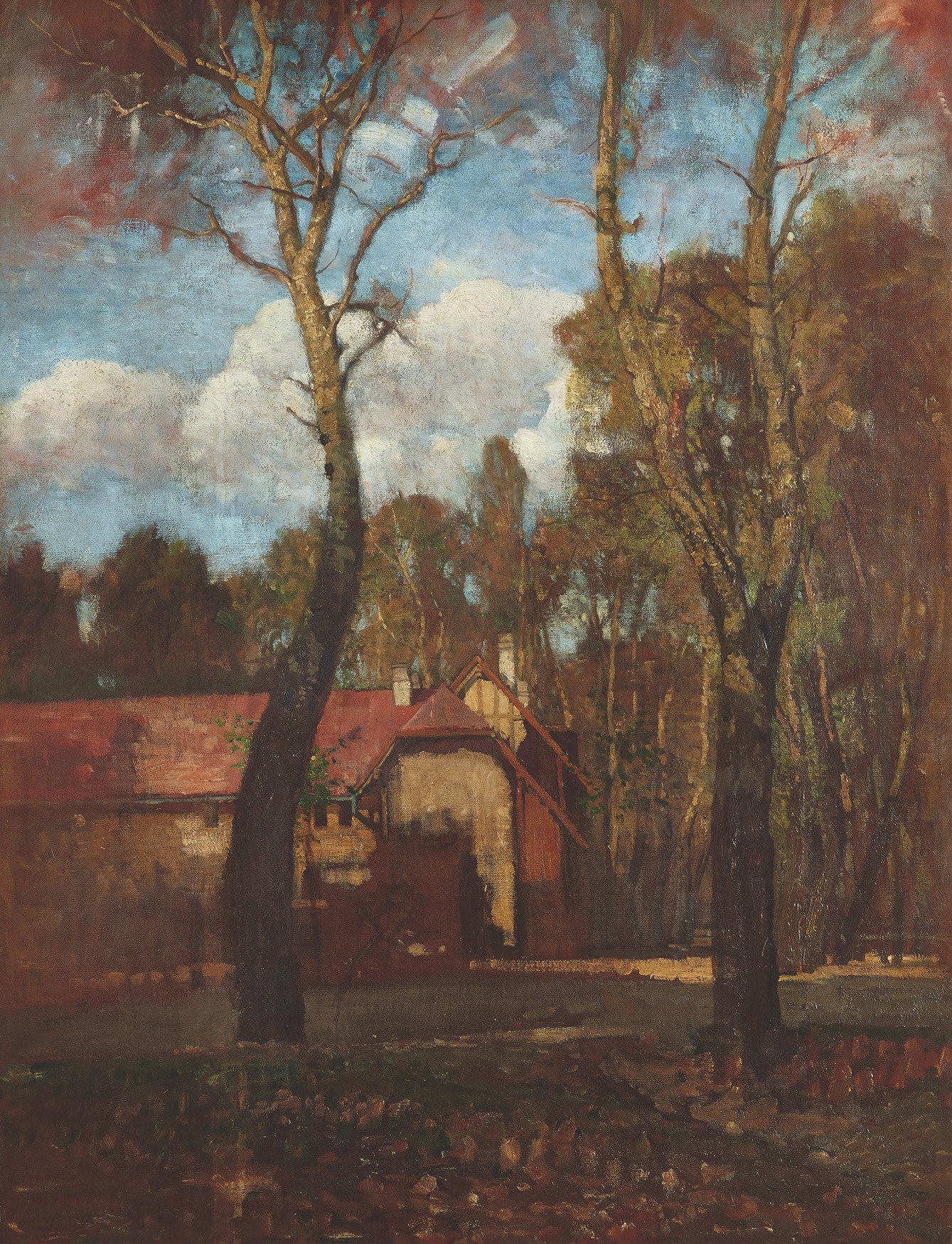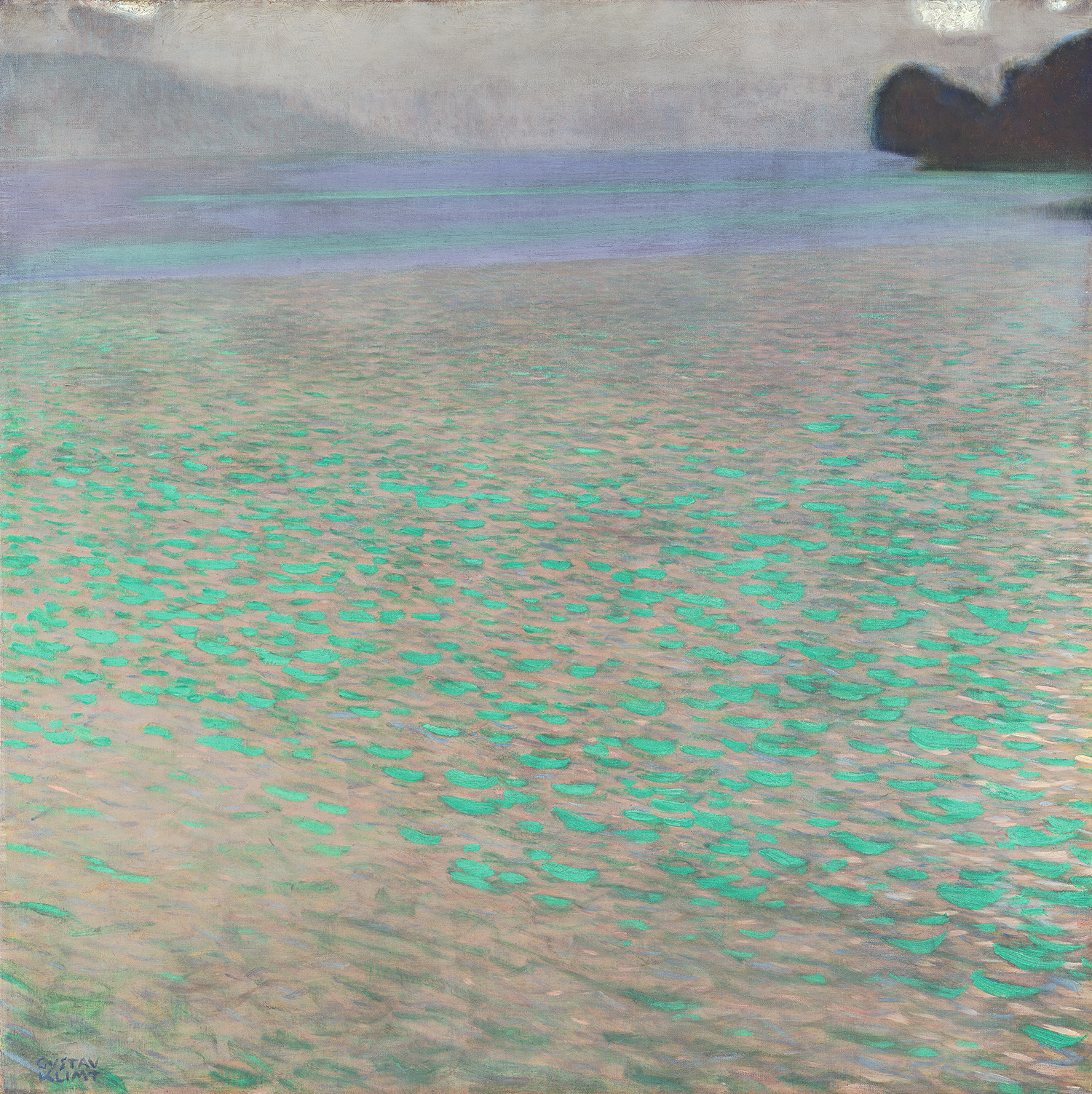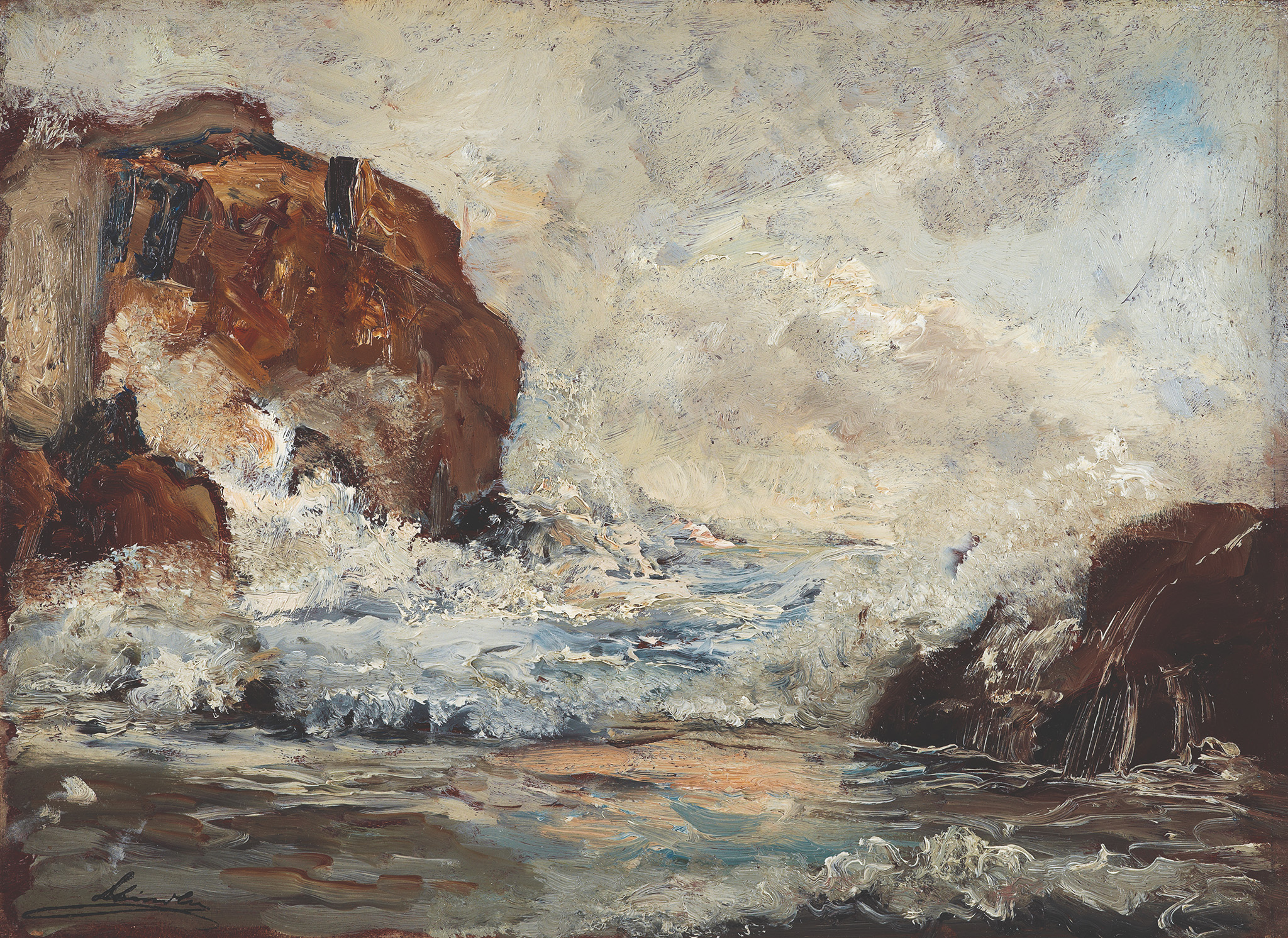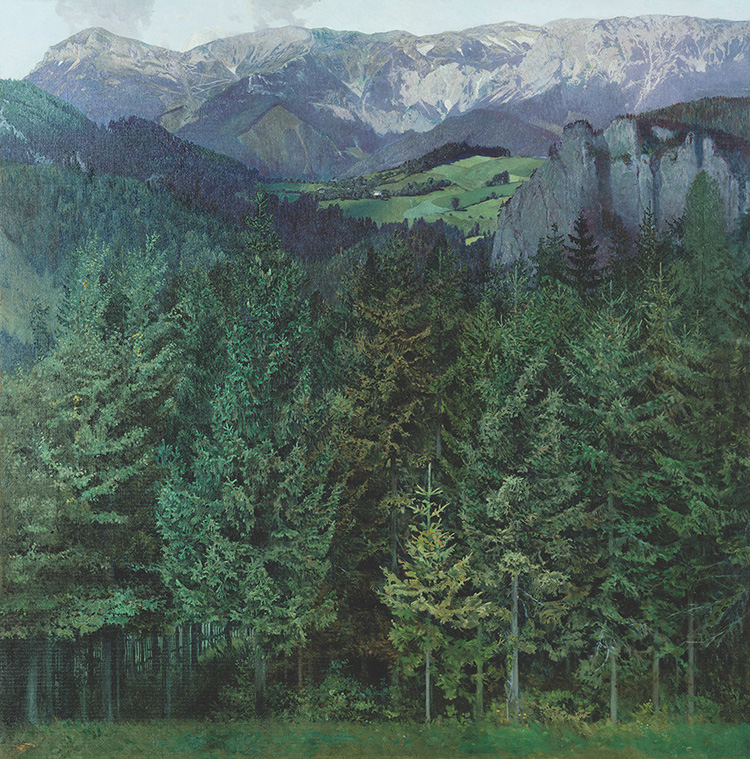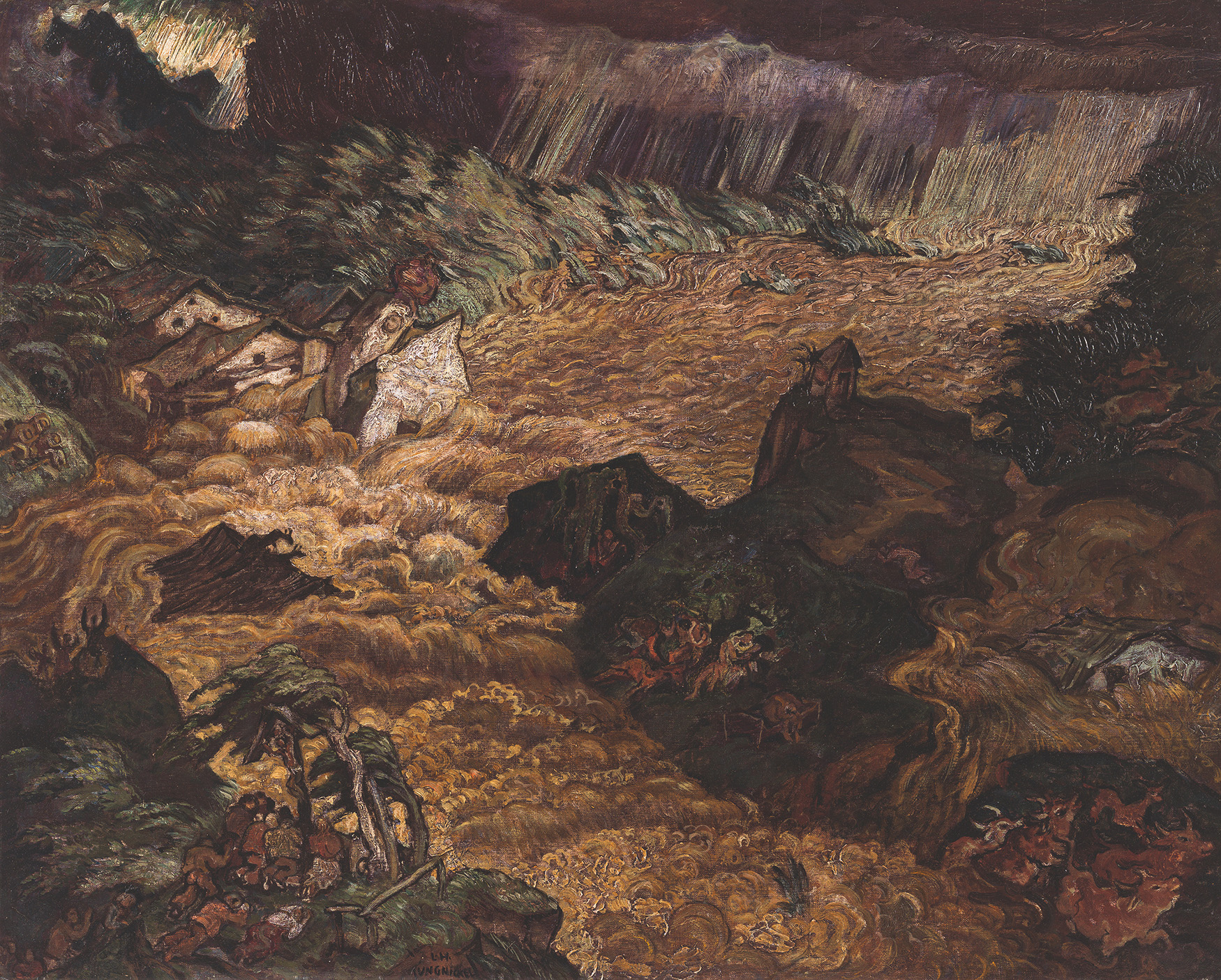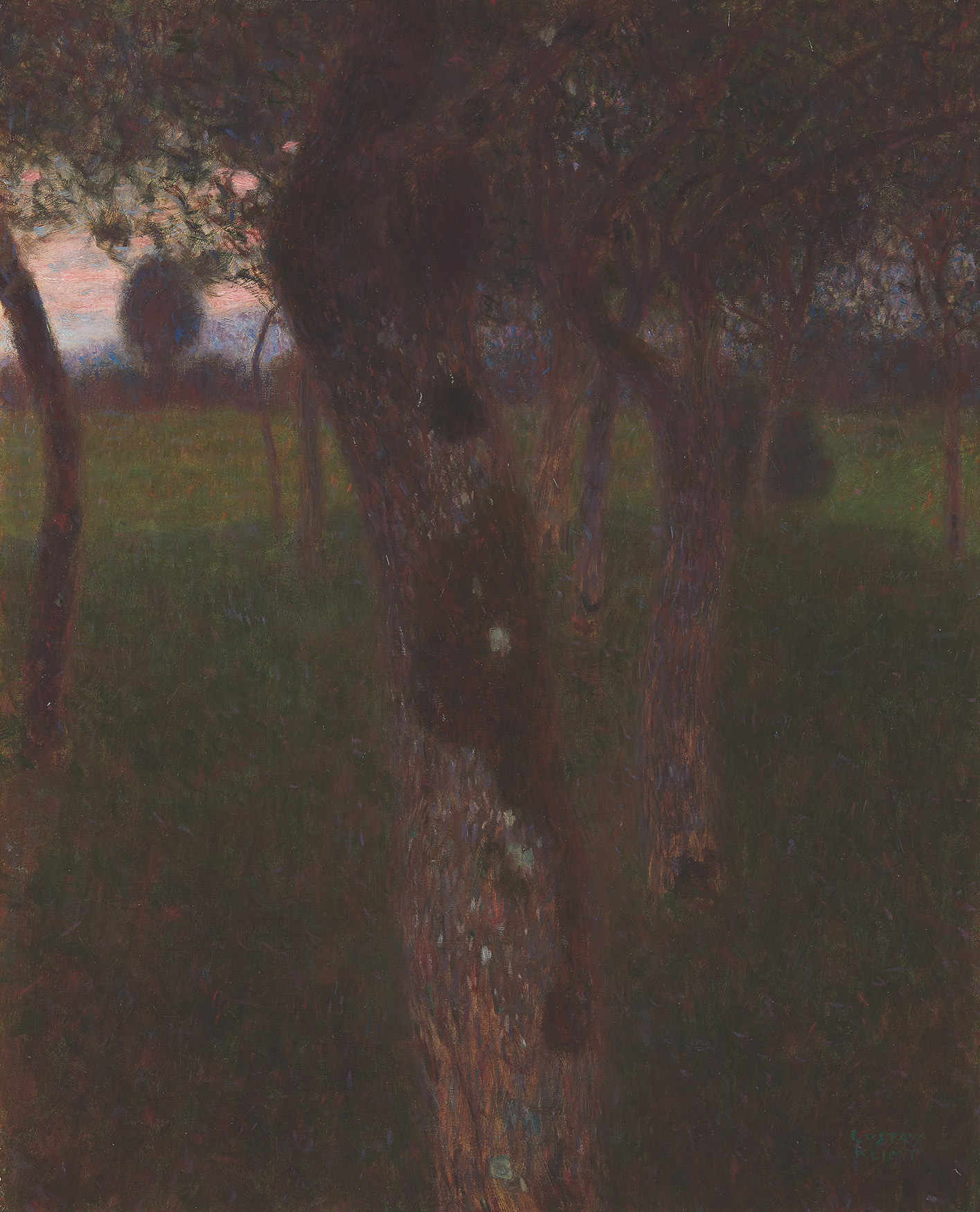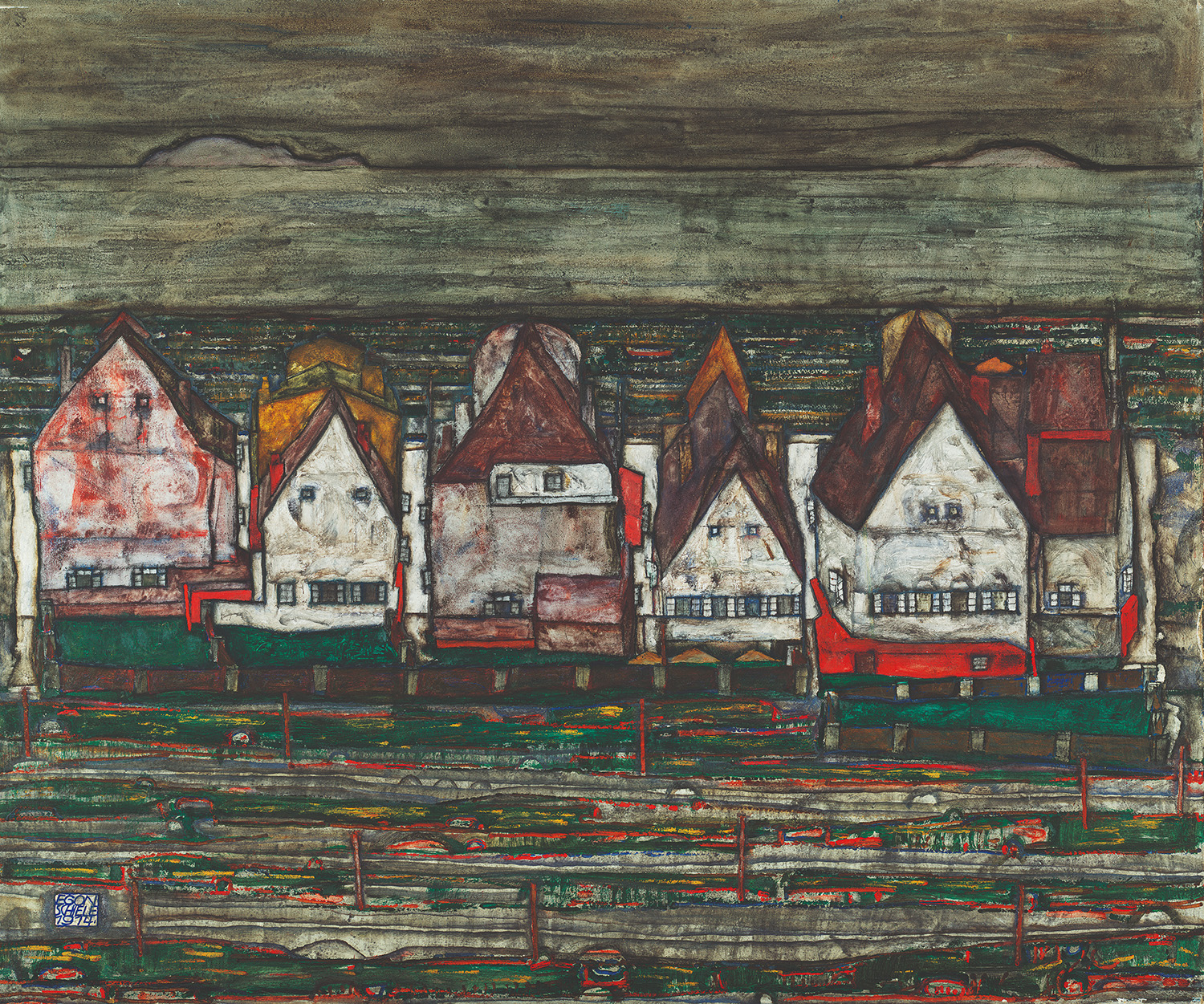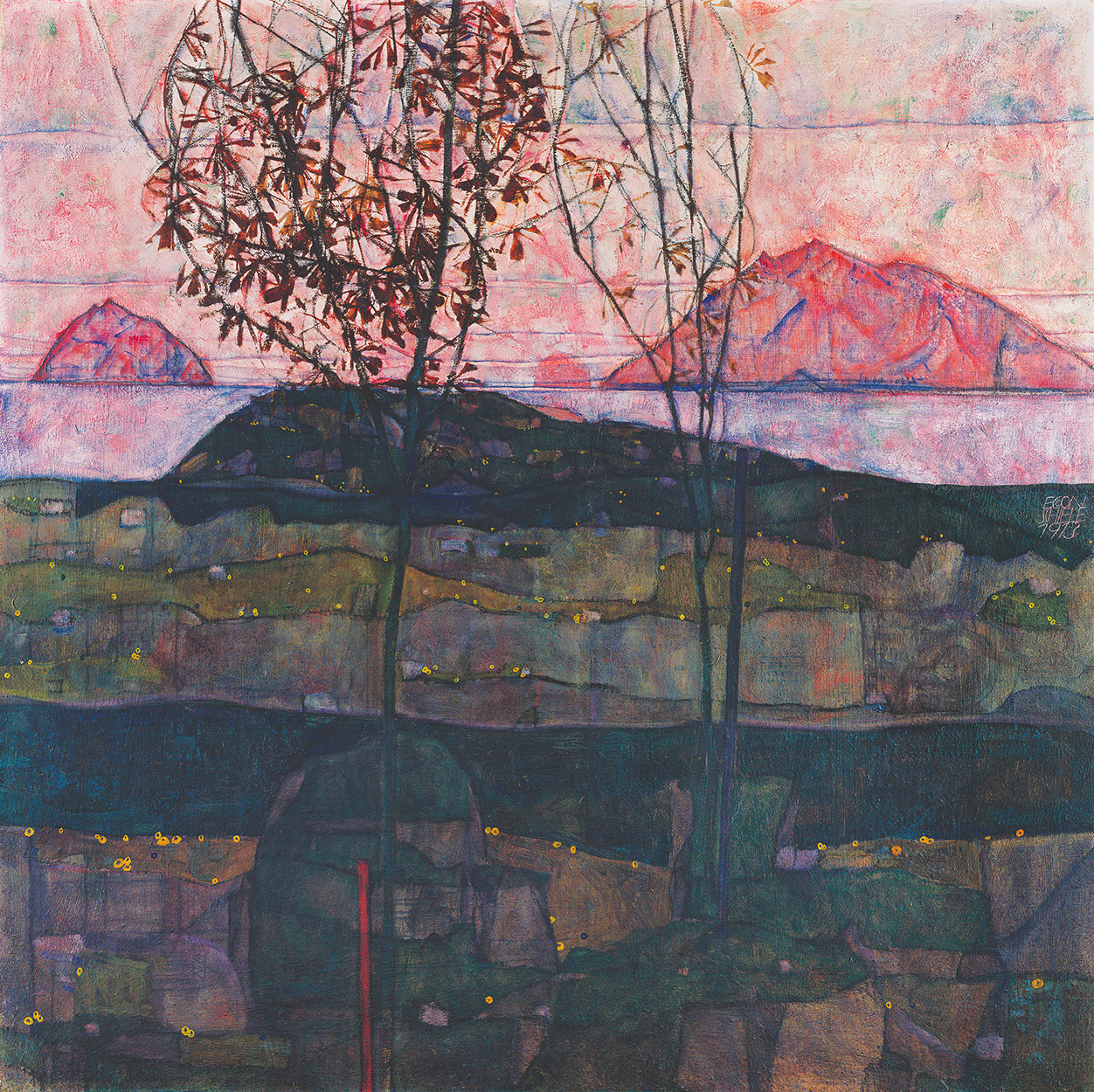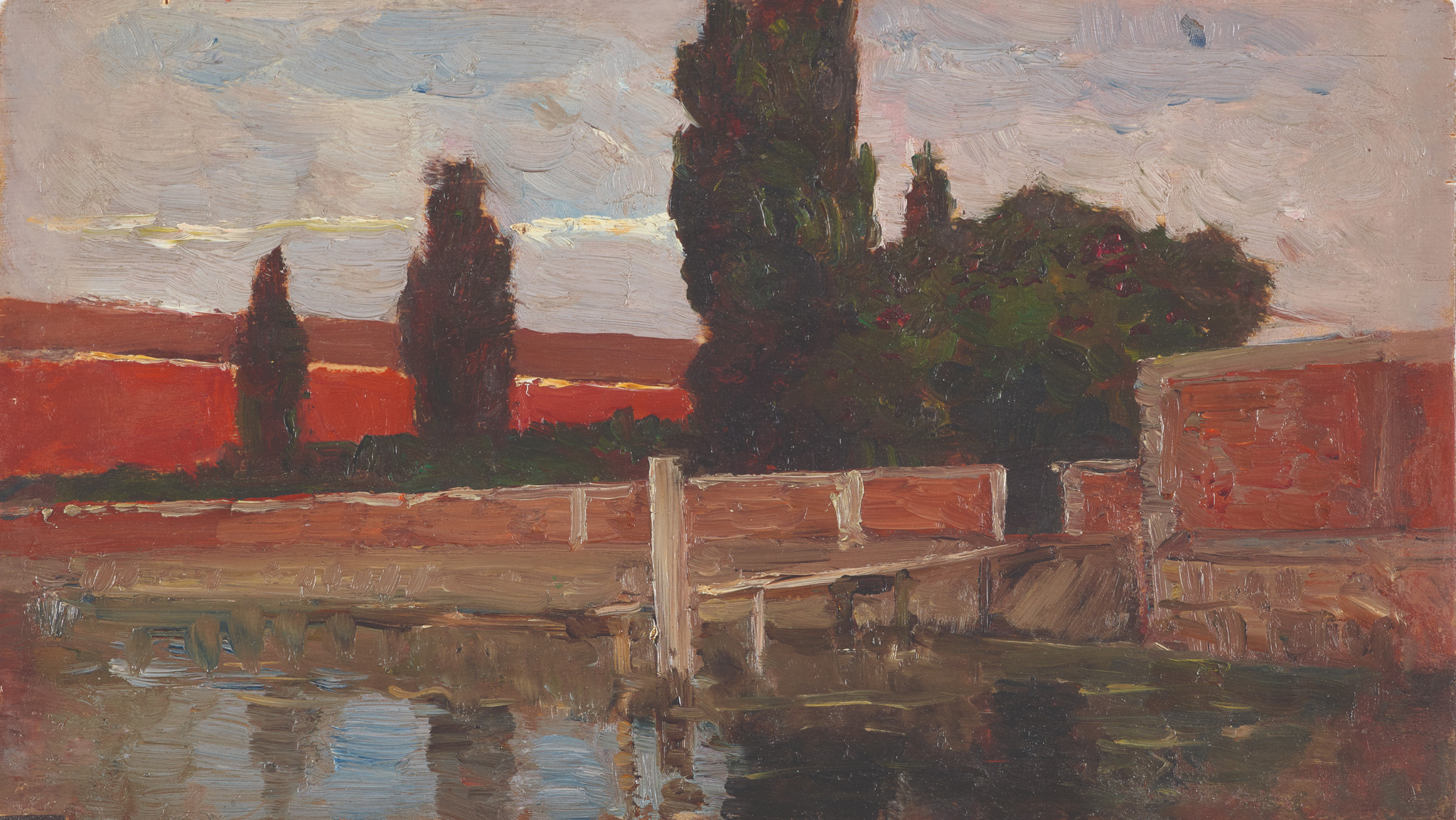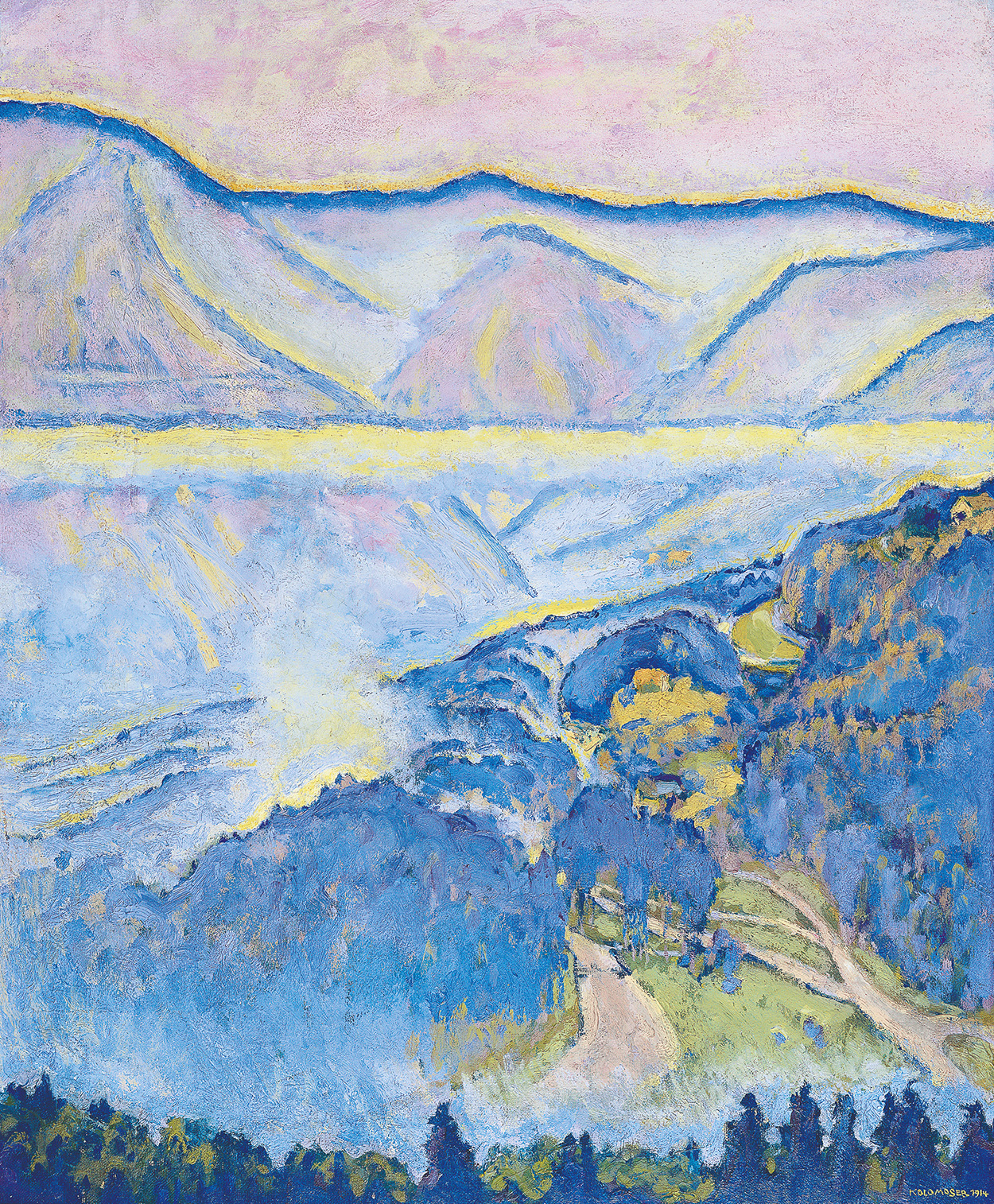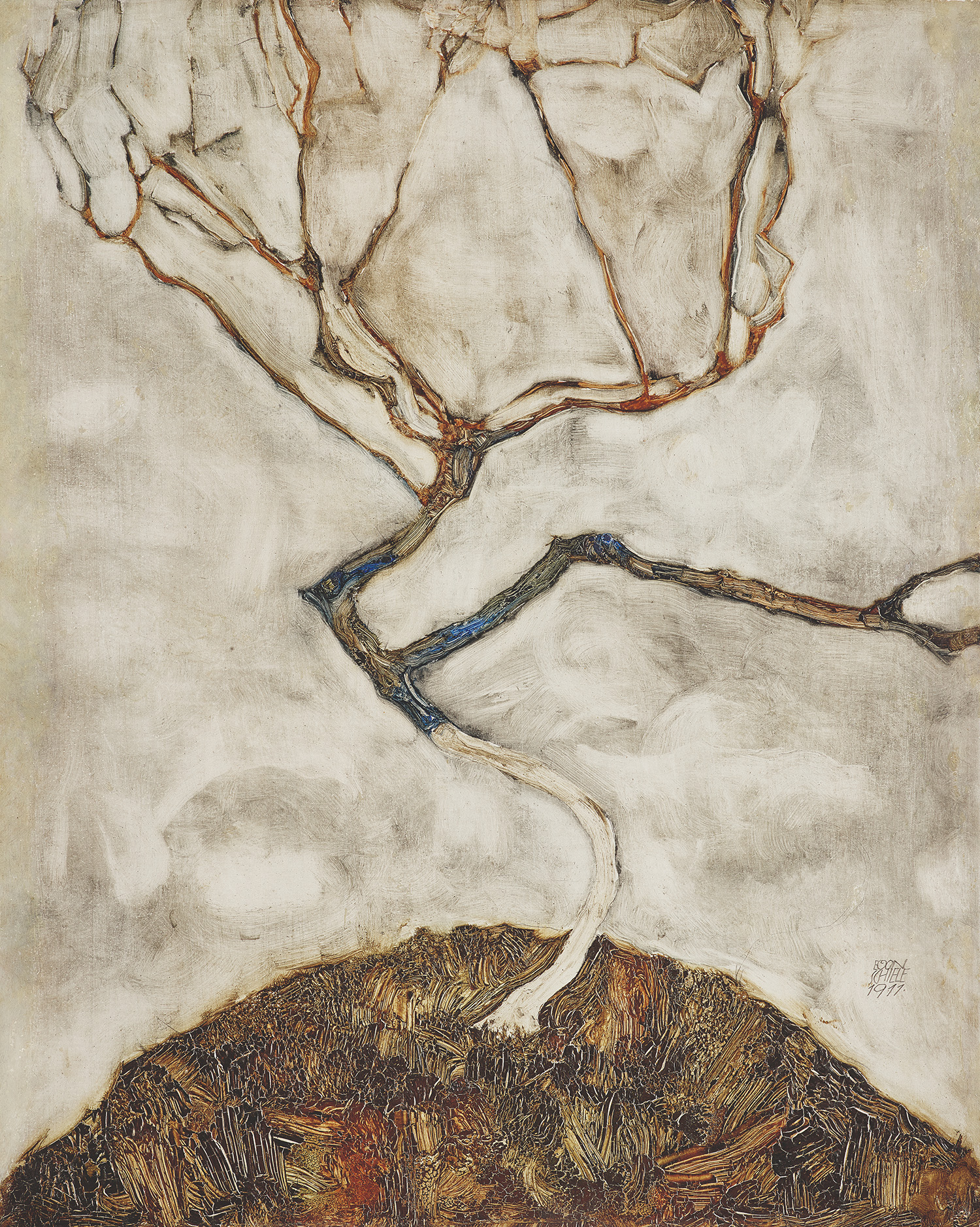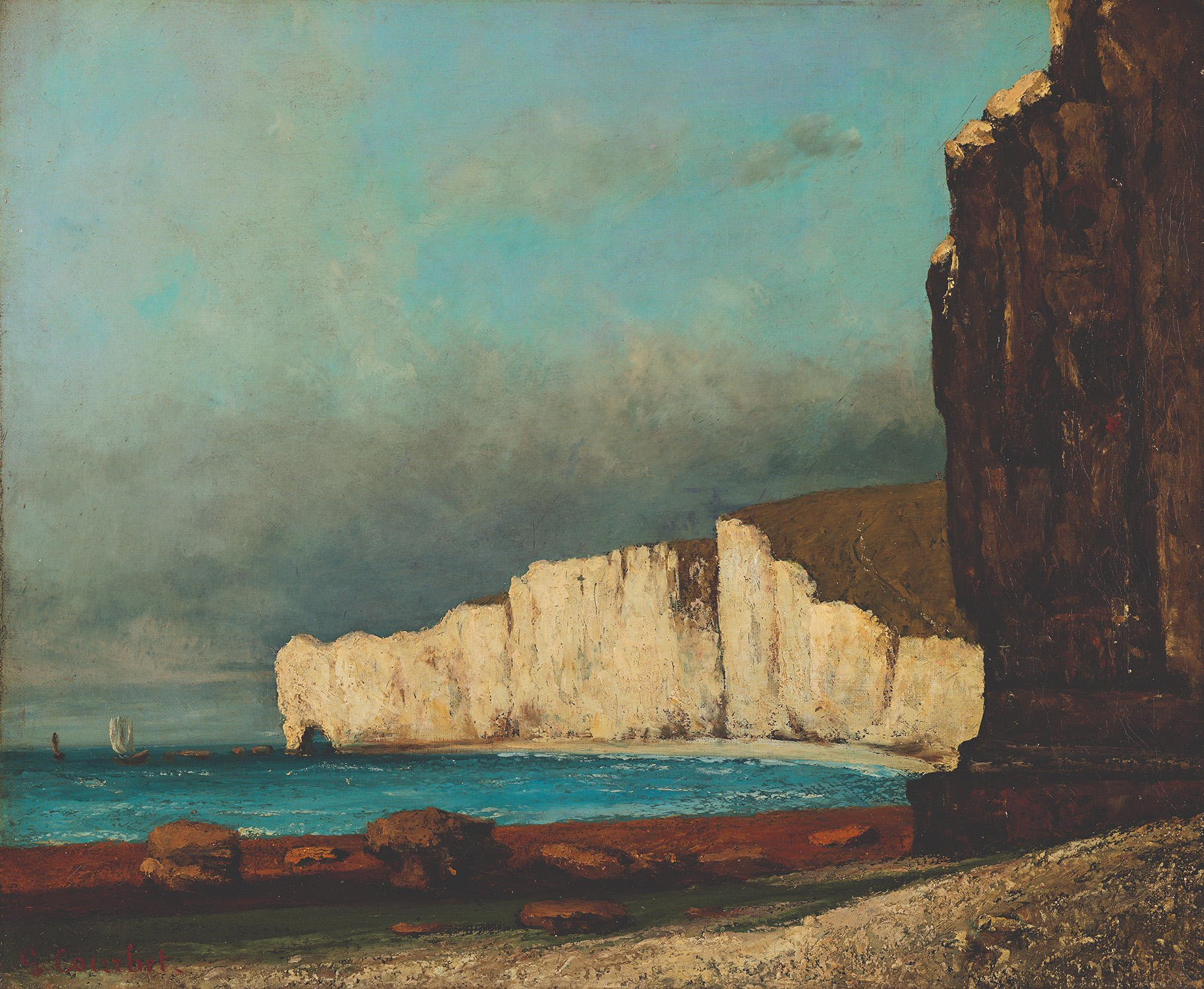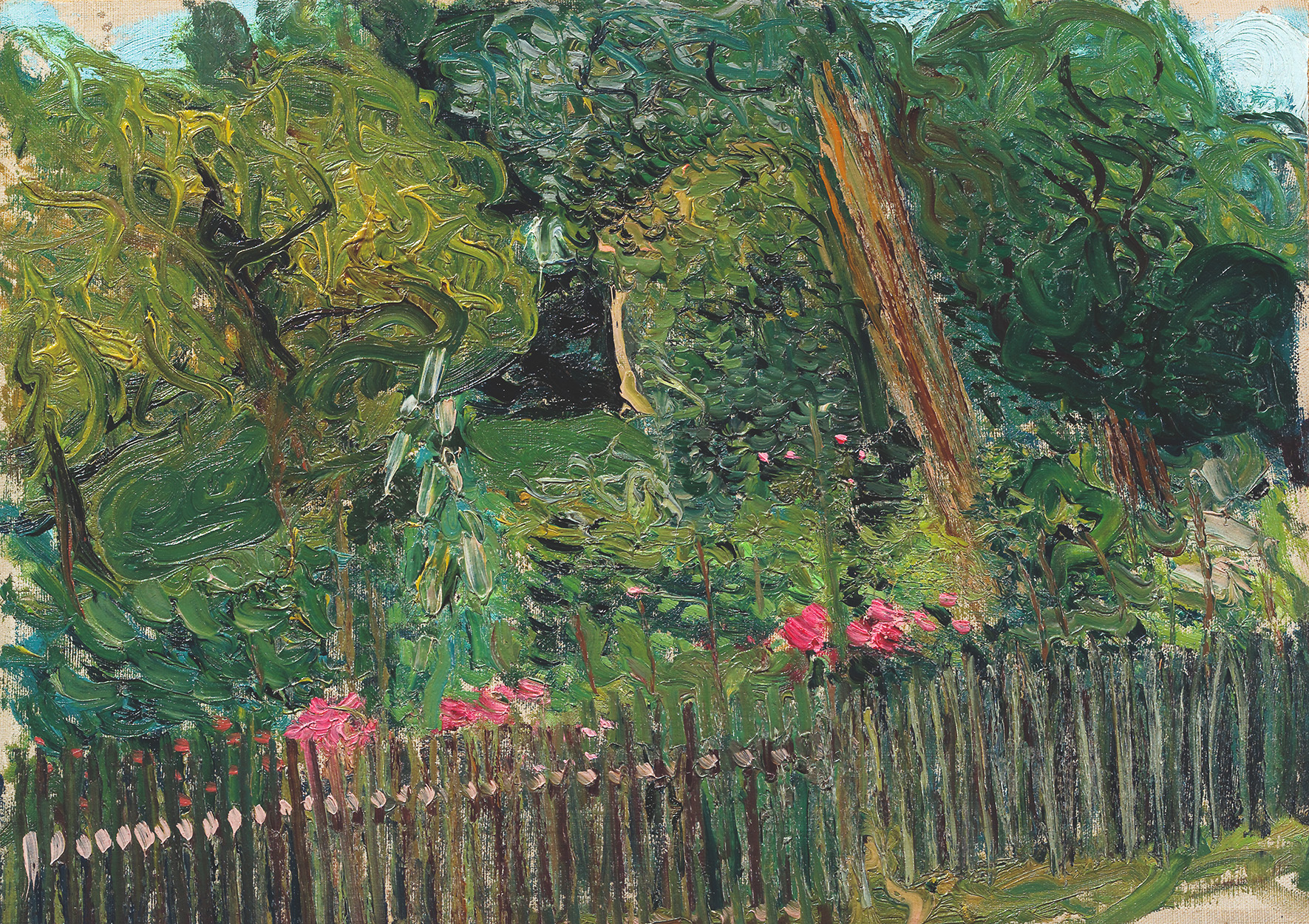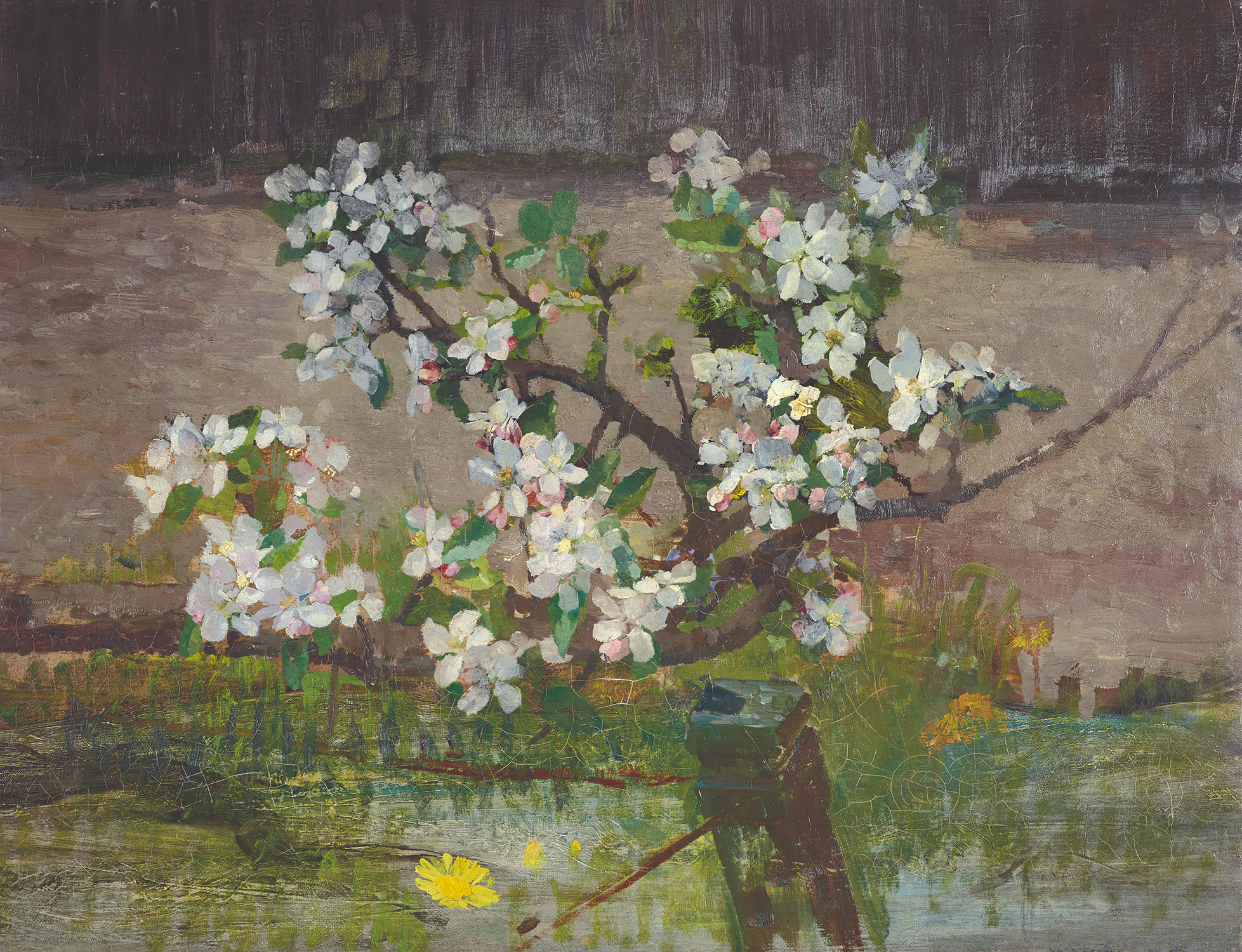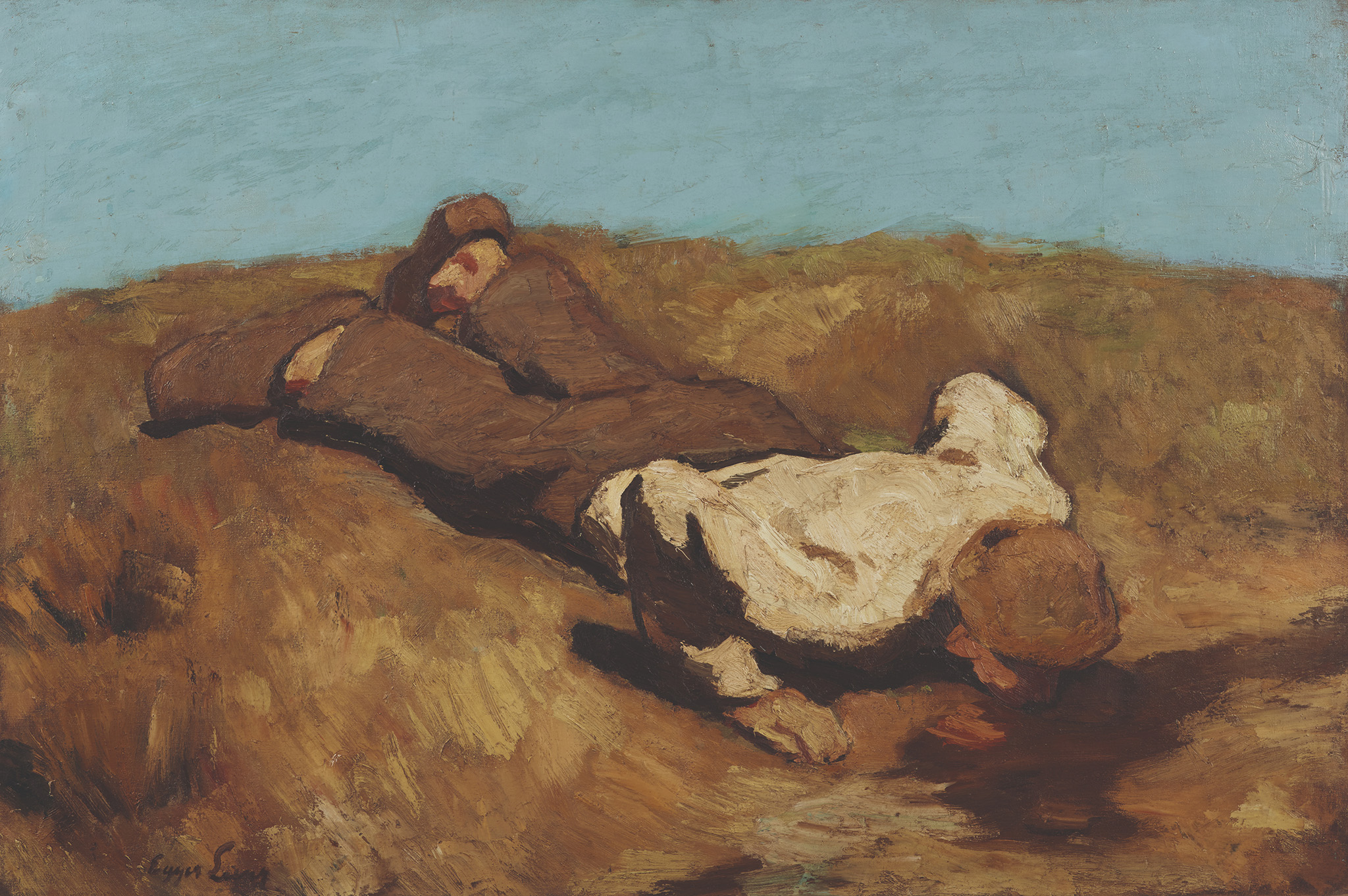A movement that
turns heads.
Climate Change happens worldwide. So we also should act worldwide. The Leopold Museum invites museums and galleries from all over the globe to join this initiative and tilt their own nature and landscape paintings of all genres and eras. Our hope is that this movement will inspire others to take action against climate change in their own institutions and raise awareness of the urgent need for collective action to mitigate its effects.
If you or your institution want to join the “A Few Degrees More” movement, please reach out. We are happy to support you.

